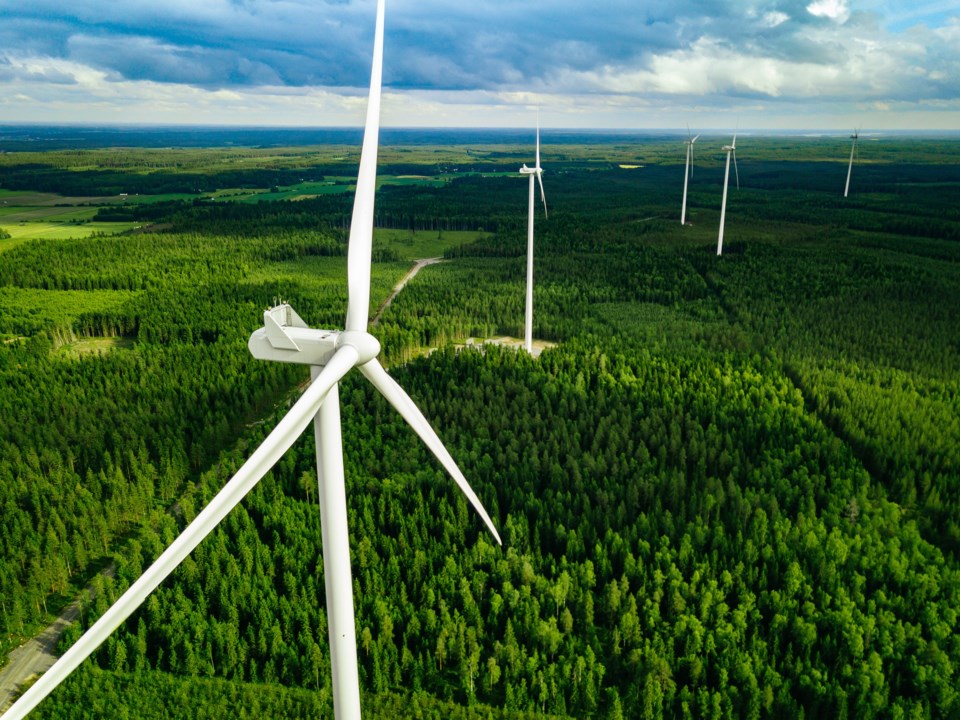A recent report by Adamas Intelligence predicts that from 2023 through 2040 global demand for NdFeB magnets will increase at a compound annual growth rate of 7.5%, bolstered by double-digit growth from electric vehicle and wind power sectors.
According to the report, such growth will translate to a comparable demand increase for the critical rare earth elements – didymium, dysprosium and terbium – the magnets contain.
The forecast takes into account trends and events observed in recent years. Following a latent demand pop in 2021 that saw the materialization of some pent-up demand from the year prior, Adamas Intelligence data indicate that global consumption of NdFeB magnets increased 1.9% year-over-year in 2022, suppressed by global economic headwinds and regional pandemic-related challenges.
Looking at production, the Canadian firm’s forecast sees didymium, dysprosium and terbium (the so-called magnet rare earths) collectively increasing from 2023 through 2040 at a compound annual growth rate of 5.2% as the supply side of the market increasingly struggles to keep up with rapidly growing demand.
By 2040, Adamas also expects an annual NdFeB undersupply of 246,000 tonnes.
“Constrained by increasingly tight availability of magnet rare earth feedstocks, we forecast that global undersupply of NdFeB alloy and powder will amount to 60,000 tonnes annually by 2030 and 246,000 tonnes annually by 2040 – an amount almost equal to last year’s total global NdFeB alloy and powder production,” the document states.
NdPr oxide is also predicted to be undersupplied by 90,000 tonnes by 2040 due to a lack of new primary and secondary supply sources from 2023 onward.
“We forecast that global undersupply of didymium oxide (or oxide equivalent) will rise to 19,000 tonnes-per-annum by 2030 and 90,000 tonnes-per-annum by 2040 – an amount roughly equal to last year’s total global primary plus secondary production,” the report points out.
Dysprosium and terbium oxides (or oxide equivalents) seem to follow a similar pattern given the lack of new primary and secondary supply sources from 2023 onward. Adamas expects an annual undersupply of 1,800 tonnes and 450 tonnes, respectively, by 2040.
Overall, the market for magnet rare earth oxides is set to increase five-fold by 2040, with total magnet rare earth oxide consumption forecasted to increase at a CAGR of 5.2% versus a higher 7% for demand, while prices are projected to grow at CAGRs of 3.3% to 5.2% over the same period.
“Adamas Intelligence forecasts that the value of global magnet rare earth oxide consumption will increase five-fold by 2040, from an estimated us $10.8 billion this year to us $56.7 billion by 2040,” the document reads.





